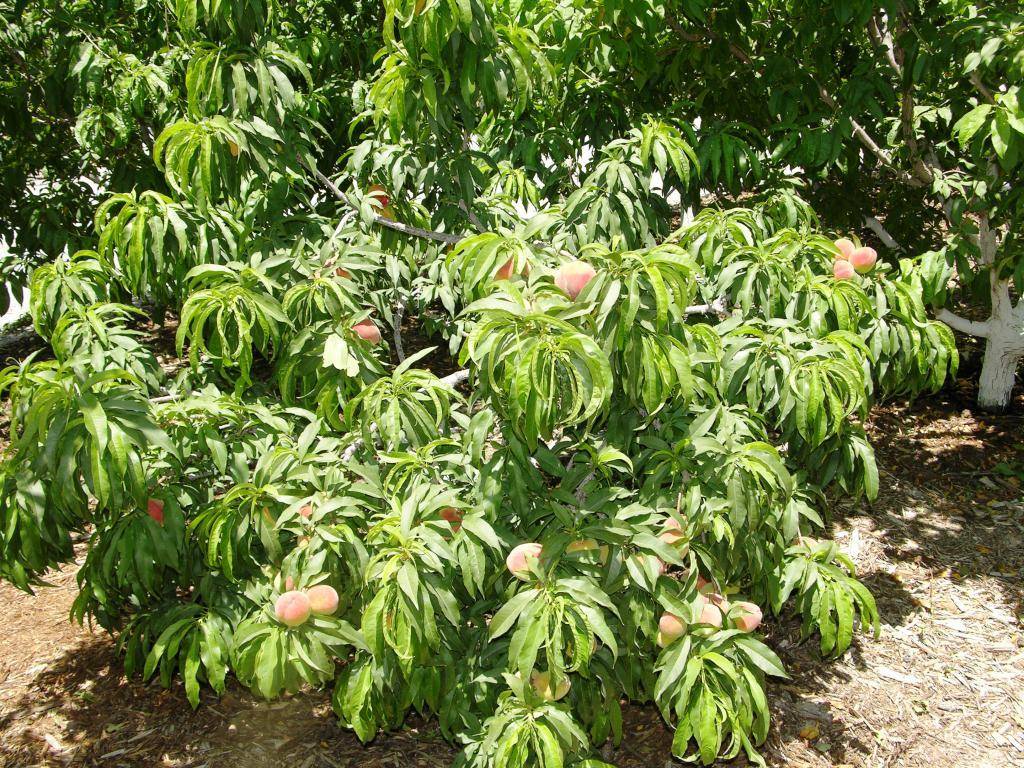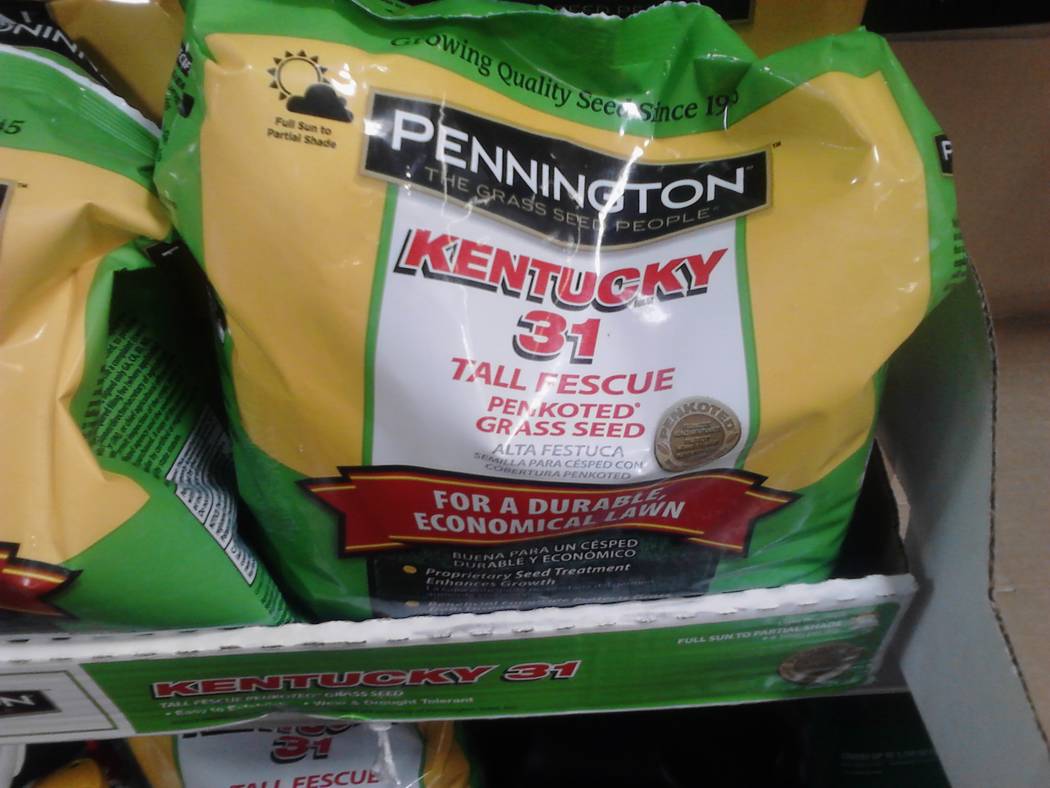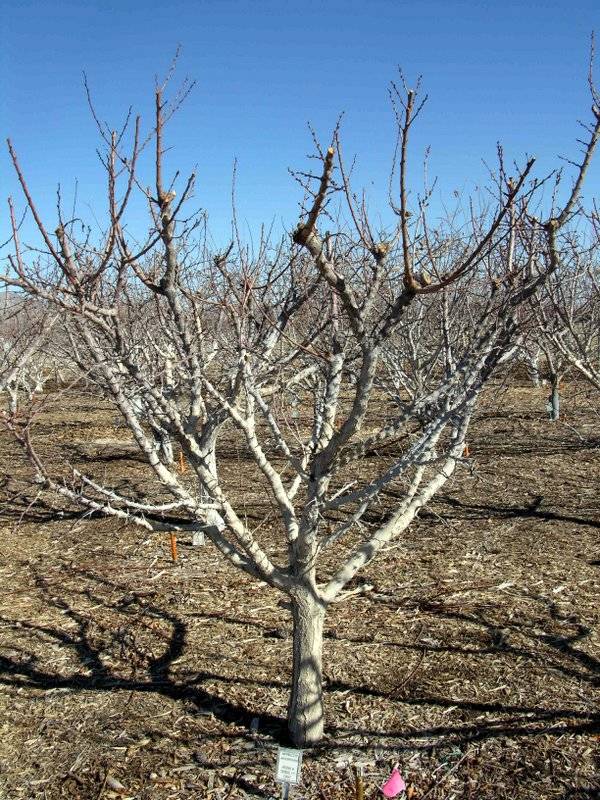Select desert plants for privacy hedge
My four-week Saturday class, Fix Your Landscape, will start Oct. 26 in North Las Vegas. This weekly landscaping class will show you design tricks that save water and electricity, plant selections that work, planting methods that are successful and how to fix problems, and irrigation installation and how to water.
The classes are highly interactive, so bring paper, pencil and your questions. Class size is limited, so sign up early to get a seat. Sign up on Eventbrite or contact me for more information.
Q: I planted hollies and Carolina cherry as an evergreen visual screen between our house and our neighbor’s house. The hollies burnt to a crisp, and the Carolina cherries look bad. I need evergreens that can withstand full sun all day and give me privacy. Does something like this exist?
A: Both of these plants will grow in our climate but not perform in our desert the way you want. They are not desert plants. They can handle our desert soils and climate, but they must be planted in protected locations with relief from afternoon sun to thrive. That’s why they are burning up.
A privacy hedge should be evergreen and retain leaves through the winter. If it’s a warm winter, they might stay evergreen. Some evergreen plants drop their leaves in the winter and become deciduous if it gets too cold. Colder temperatures than this, they will freeze back. Accepting this should get you through most winters here without being too upset.
Do your homework on these and shop around because not all of these will be available from local nurseries. Non-desert plants should be watered more often than true desert plants. That means they should be on the same valve as other non-desert plants.
Some of the best reviews of these plants are from Arizona State University in the Phoenix area, but Phoenix has warmer temperatures than we do. So be careful of winter freezing temperatures. In the Las Vegas Valley, aim for winter temperatures in the low 20s for long-term sustainability and expect that they might not be evergreen or might have some die-back during very cold winters.
Here are some true desert plants you might consider for that purpose. They can handle full sun in harsh locations. They are true desert plants originating from our Southwestern deserts and include hopseed bush, Arizona rosewood, creosote bush, jojoba, yellow bells and little leaf cordia. Though they are desert plants, I would still amend the soil with a decent compost at the time of planting and plant them wet. Just because they are desert plants doesn’t mean they don’t like a little TLC.
Don’t forget standard oleander. It’s not a desert plant but can handle extreme desert conditions like ours. That means they should be on the same irrigation valve with other non-desert plants.
Q: I need guidance on when and how to prune my fruit trees that are 3 to 5 years old. All of them have been producing fruit in the last couple of years. This includes an orange and a Meyer lemon along with a Blenheim apricot and a dwarf peach tree. All I have done in the past is basically “shape” the trees, keep the height manageable and remove dead branches.
A: I have fruit tree pruning classes posted for next January on Eventbrite. Consider signing up for one of these offered on a Saturday morning for some hands-on training with real fruit trees. These classes can answer specific questions you might have.
Light pruning with a hand shears, removing wood that is less than half inch in diameter, can be done anytime of the year as long as it’s not overdone and opens the canopy too much. Pruning out too much allows for sunburn and borer problems to get hold in the trees. Make sure your hand shears are sharp and sanitized before you start cutting away.
Major pruning is done from December to January in all deciduous fruit trees, waiting until leaf drop. With citrus, however, very little pruning is needed after you establish its structure early in its life. But when pruning is done, it’s performed soon after the fruit is harvested.
Control height. That is done to make it easier to pick and spray the trees when there are pest problems. The maximum height should be similar to distances between trees. Having trees too close together, which creates crowding when they get older, forces fruit production toward the top of the trees.
Start on your knees. I find it easier to prune fruit trees working from the bottom and progressing toward the top. Remove entire limbs from the trunk to about knee-height. The lowest limbs should support fruit easily harvested, but the lowest fruit should not touch the ground when it’s ready to harvest.
Remove most of the wood by pruning from the trunk and major limbs. Most pruning cuts remove entire branches. These are called “thinning cuts.” It orients major limbs so they emerge from the tree in different directions like spokes on a wheel. Most growth growing straight up or straight down should be removed. It’s not productive.
Once the overall structure of citrus trees is established, very little pruning is done. Focus on removing a branch that crosses another, sucker growth from the base of the tree and limbs that “shoot for the sky” and eliminate a branch interfering with another.
Once the form of an apricot tree is established, only about 10 percent of its new growth is removed each year. I have had apricot trees that required no pruning. Much of that depends on the variety and its rootstock. Control its height if it’s too tall and get rid of any strong growth going up or down.
True genetic dwarf peach is pruned differently than a “normal” peach. Usually controlling height is not a problem. If the tree is overgrown, it’s canopy is thinned out so that speckled sunlight can penetrate to the interior.
Fruit production comes from flowers growing on shorter shoots at the ends of branches. That is where most of the light pruning takes place. Most short shoots that contain the flowers are removed, leaving behind only one or two of these short shoots.
Q. Can you recommend a good fescue grass seed for starting a lawn? I did not have great success with a local brand that said it was made for our desert climate.
A. Most of the lawns planted in our desert climate are a blend of at least three different kinds of tall fescue. That can be read on the grass seed label. Personally, I would stay away from grass seed mixtures that contain annual rye grass, bluegrass or perennial ryegrass combined with tall fescue.
With grass seed, you get what you pay for. Most of the best grass seed blends are also the most expensive. Read the label. Buy grass seed that has at least three different types of tall fescue listed on the label. Stay away from K 31 aka Kentucky 31 tall fescue grass seed for home lawns. It’s great for parks and it’s cheap but mostly because it is durable and can handle our heat.
Make sure the problem you had did not result from how it was planted or the irrigation system. Check the irrigation system before you plant and make sure it’s operating properly. The water from the sprinklers should be thrown far enough so that it reaches neighboring sprinkler heads. That is called “head-to-head coverage.”
A seedbed needs to be prepared for grass seed at least 8 inches deep. The soil should be “firmed” enough so that when you walk on it, your shoes don’t sink more than half an inch into the prepared and firmed soil. Proper soil preparation, not too hard and not too soft, is where most people fail.
A starter fertilizer and grass seed mixture is applied to the surface of the soil with the grass seed applied at a rate of 10 to 12 pounds per thousand square feet of lawn area. Apply a very fine mulch on top of the seed no more than 1/8 inch deep. That can be steer manure or fine compost.
Water long enough until water starts to “puddle” in areas. That tells you the maximum number of minutes you can irrigate until seed starts showing. Water twice a day at this stage; once a day when you start seeing grass. Increase the amount of minutes and decrease the frequency of application until you find that “sweet spot” to grow grass roots as deeply as you can.
Bob Morris is a horticulture expert and professor emeritus of the University of Nevada, Las Vegas. Visit his blog at xtremehorticulture.blogspot.com. Send questions to Extremehort@aol.com.

























